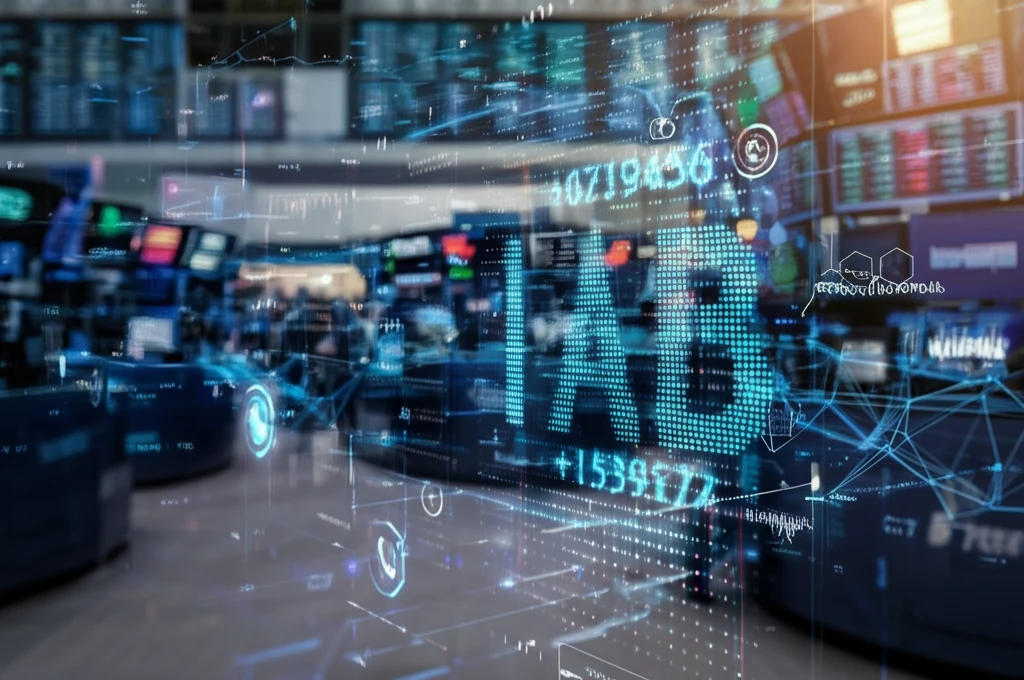
Can AI Outsmart the Market? Uncovering Model-Free Arbitrage Strategies
"Discover how neural networks are revolutionizing finance by detecting hidden arbitrage opportunities, even when traditional models fail."
In today's fast-paced financial markets, finding arbitrage opportunities—those fleeting moments where you can profit risk-free—is like searching for a needle in a haystack. Traditional methods often fall short because they rely on rigid models that can't keep up with the market's dynamic nature. But what if there was a way to detect these opportunities without being tied to specific models? The answer may lie in the rise of neural networks, a type of artificial intelligence that's showing remarkable promise in uncovering hidden patterns and strategies.
The world of finance is constantly evolving, and so are the tools used to navigate it. From the foreign exchange market to multi-asset markets, researchers have been working to refine the methods for detecting arbitrage. Some approaches involve complex mathematical models, while others use algorithms to analyze market data. However, many of these methods require extensive computational power and may not be fast enough to capitalize on opportunities before they disappear.
Enter neural networks: these AI systems are designed to learn from data and identify patterns that might be invisible to the human eye. A recent study has demonstrated that neural networks can indeed detect model-free static arbitrage strategies, providing a powerful new tool for investors and traders. This breakthrough could lead to faster, more efficient trading strategies and a better understanding of market dynamics.
What is Model-Free Arbitrage and Why Does it Matter?

Before diving into how neural networks are used, let's clarify what "model-free static arbitrage" means. In simple terms, it's a trading strategy that guarantees a risk-free profit at maturity without relying on any assumptions about how the market will behave. This is 'static' because the trades are executed only at the beginning and then held until the end, with no adjustments needed. The "model-free" aspect is crucial because it means the strategy is based purely on observable market data, without imposing any probabilistic models.
- Risk-Free Profit: Offers guaranteed returns without market speculation.
- Market Efficiency: Helps to correct pricing inefficiencies.
- Investment Execution: Maximizes opportunities within short time spans.
- Improved Stability: Reduces financial market vulnerability.
The Future of Finance: AI-Powered Arbitrage Detection
The use of neural networks to detect model-free static arbitrage strategies represents a significant step forward in the world of finance. As AI technology continues to evolve, we can expect to see even more sophisticated applications emerge, transforming how investment decisions are made and how markets function. The ability to quickly and accurately identify arbitrage opportunities could provide a competitive edge for traders and contribute to greater market efficiency and stability. It’s a future where AI doesn't just assist, but actively participates in shaping the financial landscape.
